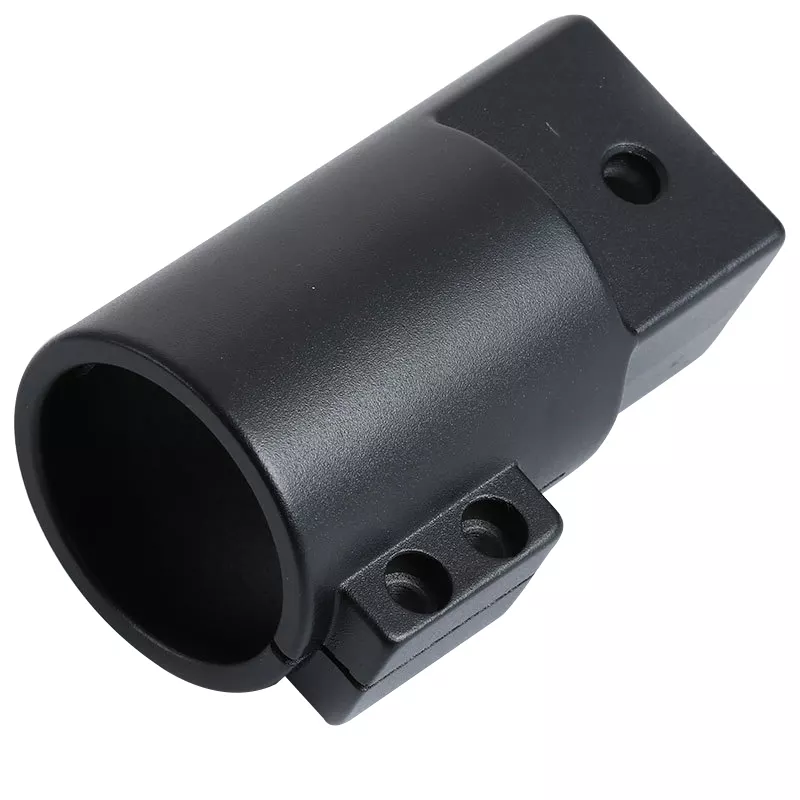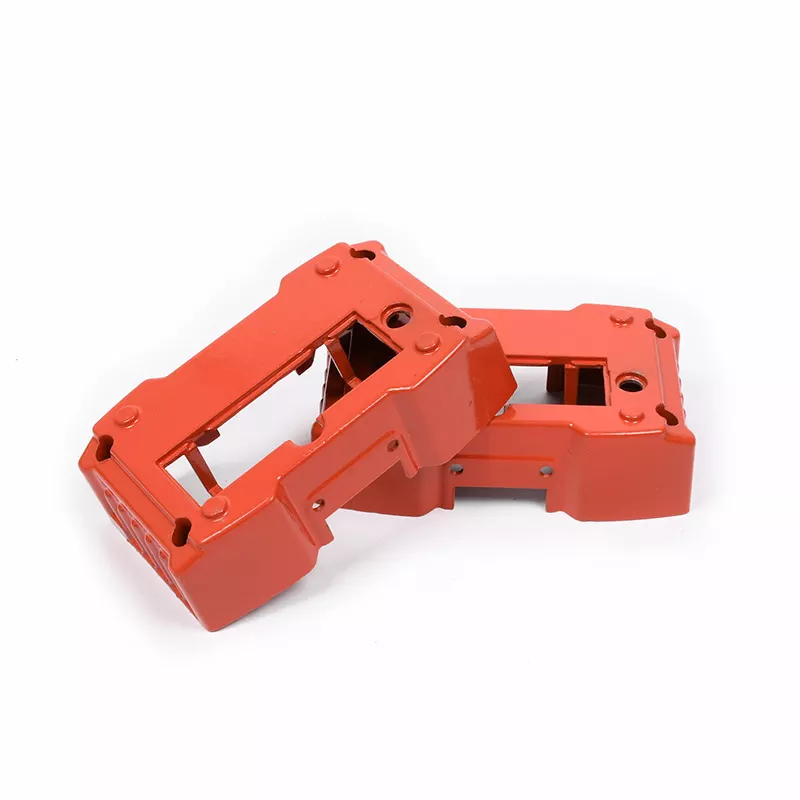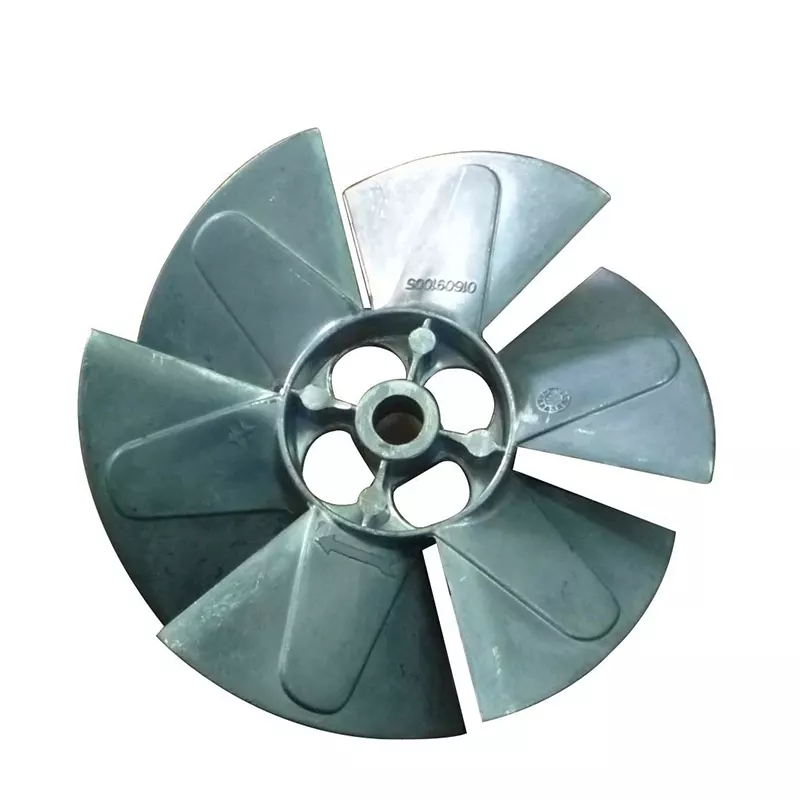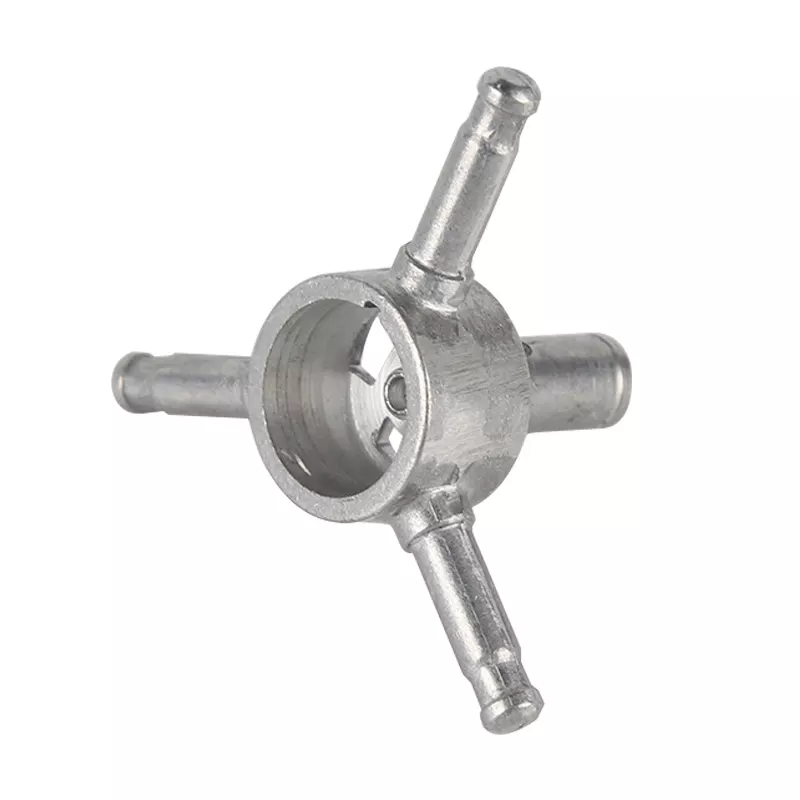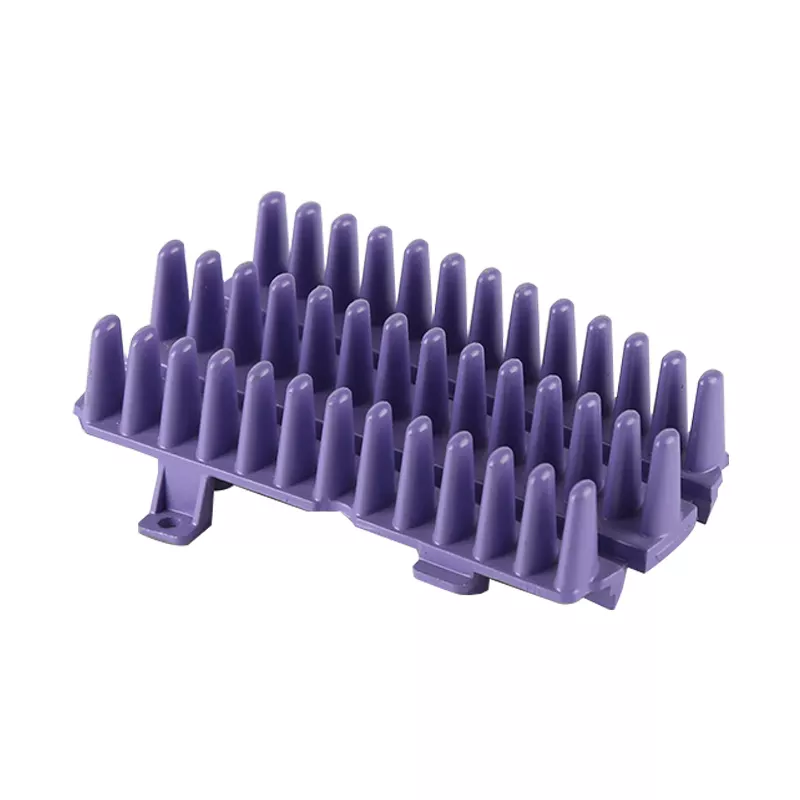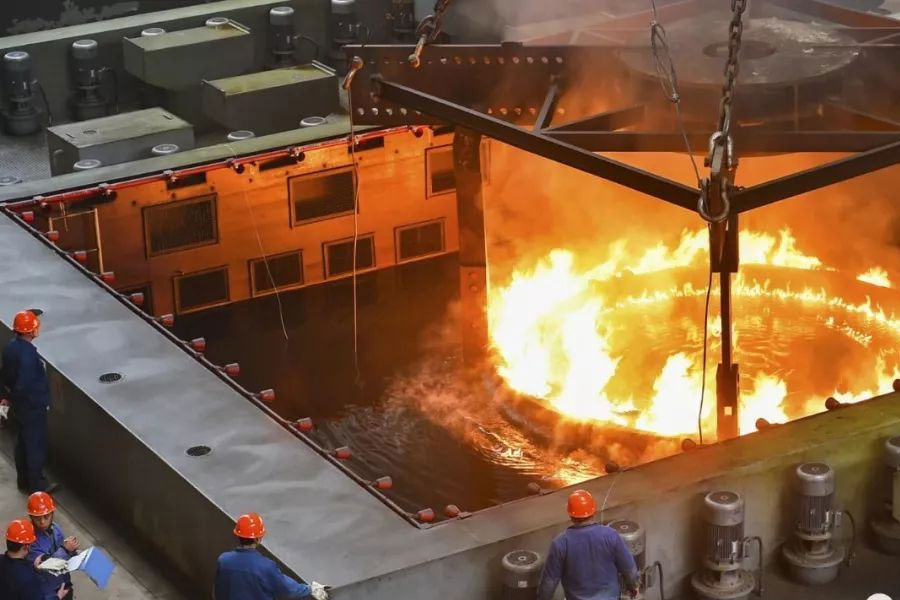
1. Quenching distortion
The types of quenching distortion can be divided into two categories, namely volume distortion and shape distortion.
The difference in the specific volume of various structures before and after quenching is the main reason for the volume change. The specific volume of martensite → bainite → pearlite → austenite decreases in order. The workpiece whose original structure is pearlite is quenched into martensite, and its volume swells. If the organization has a large amount of retained austenite, it may shrink the volume. Only workpieces with particularly high precision are considered for volumetric changes caused by uniform expansion of the volume.
Changes in the relative position or size of each part of the workpiece, such as the bending of the plate and rod, the expansion and contraction of the inner hole, and the change of the hole spacing, are collectively referred to as shape distortion. The causes of distortion are as follows:
2. Ways and methods to reduce quenching distortion
3. Correction of distortion
For the distortion of the parts after heat treatment, cold press straightening, hot spot straightening, hot straightening, tempering straightening, counterattack straightening, shrinkage treatment, etc. can be used.
Cold-pressing straightening is to apply external force to the highest point of the bent workpiece to cause plastic deformation. This method is suitable for shaft workpieces with a hardness of less than 35HRC; hot-spot straightening is to heat the convex part with an oxyacetylene flame, and then Use water or oil to cool quickly to make the heated part shrink under the action of thermal stress. This method is suitable for workpieces with a hardness greater than 35-40HRC; while hot straightening is to quench the workpiece to near the Ms temperature, use the good plasticity and plasticity of austenite Phase change superplasticity makes the distortion to be corrected; tempering correction is to apply external force to the workpiece, and then temper, the tempering temperature is higher than 300 ℃; counterattack straightening is to continuously hit the recess with a steel hammer to produce a small area of the workpiece Plastic deformation; Shrinkage treatment is to heat the swollen workpiece after quenching to 600-700℃ to be red. In order to prevent water from entering the hole, two thin plates are used to cover both ends of the workpiece, and the workpiece is quickly thrown into the water for rapid cooling. The hole shrinks, and after one or more repeated operations, the swollen hole can be corrected.
4. Quenching cracking
Quenching cracking is a cracking phenomenon caused by heat treatment stress exceeding the fracture strength of the material. The cracks are distributed intermittently in series, with traces of quenching oil or salt water on the fracture, no oxidation color, and no decarburization on both sides of the crack. The occasions and reasons for quenching cracks are as follows:
5. Measures to prevent quenching cracking
6. Insufficient hardness
The surface hardness of the workpiece after quenching is lower than the quenching hardness value of the steel used, which is called insufficient hardness.
Reasons For Insufficient Quenching Hardness
Control Measures
7. Soft Spots
After quenching, the phenomenon of low hardness in the local area of the workpiece surface is called soft spot. Carbon steel and low alloy steel are usually prone to quenching soft spot due to poor hardenability.
Causes Of Soft Spots
Control Measures
8. Surface corrosion-pitting
After the workpiece is quenched, pickled or sandblasted, the surface shows dense dot-like pits called pits, which are formed by corrosion of the medium. The pits make the workpiece lose its luster and affect the surface finish.
There are many reasons for the formation of pitting, but we can reduce this defect during work, such as reducing the sulfate content in the salt bath to avoid corrosion of the matrix; also reducing the nitrate temperature; the high temperature quenching heating workpiece is pre-cooled Then put it into the solution to avoid the decomposition of nitrate; when the high temperature is locally heated, the non-heated part is salt-immersed to coat it with a solid salt shell to prevent pitting corrosion.




